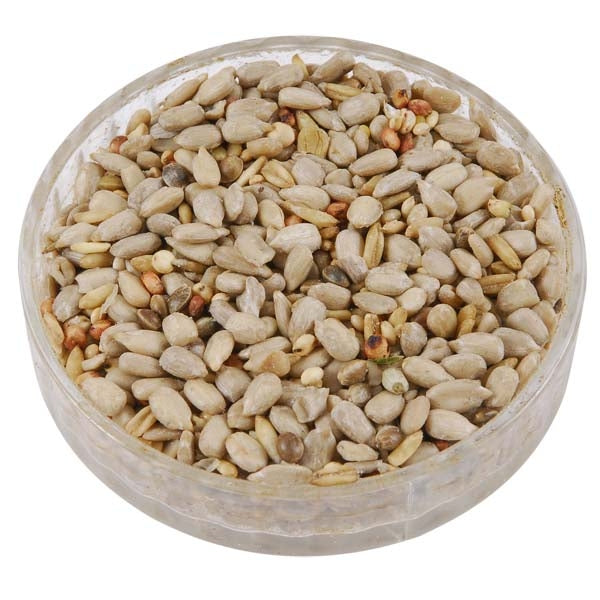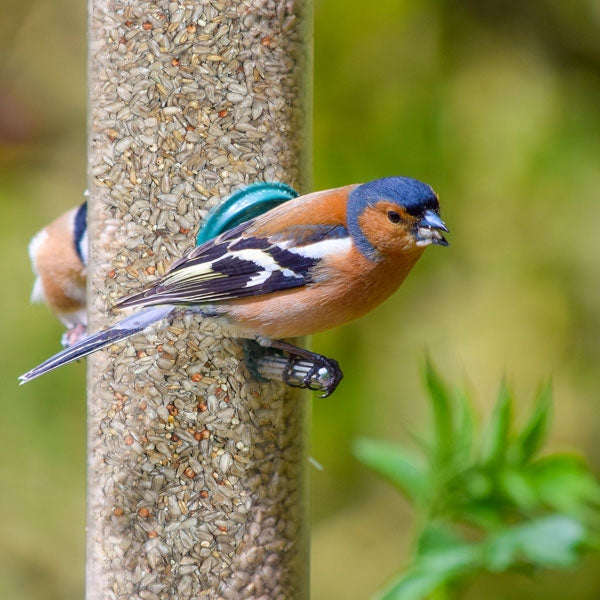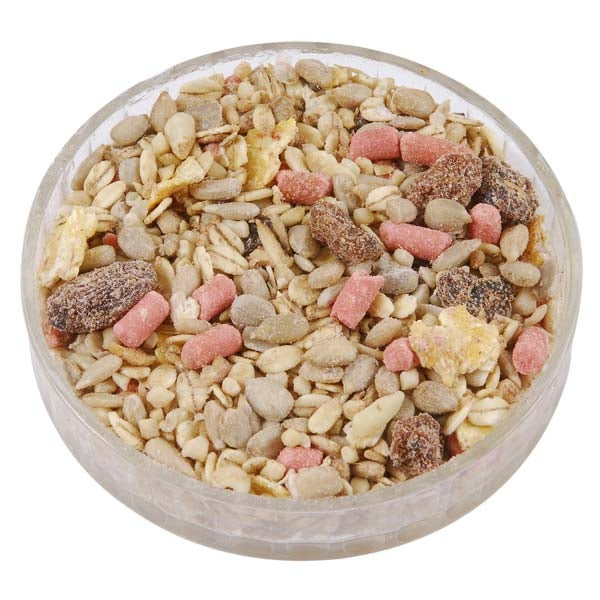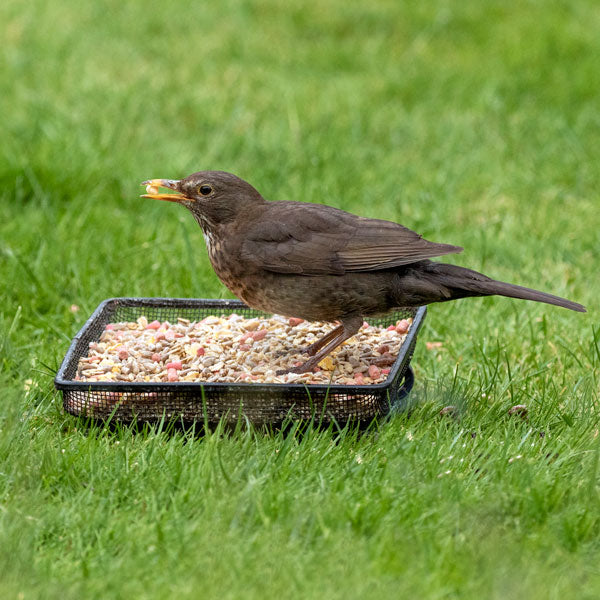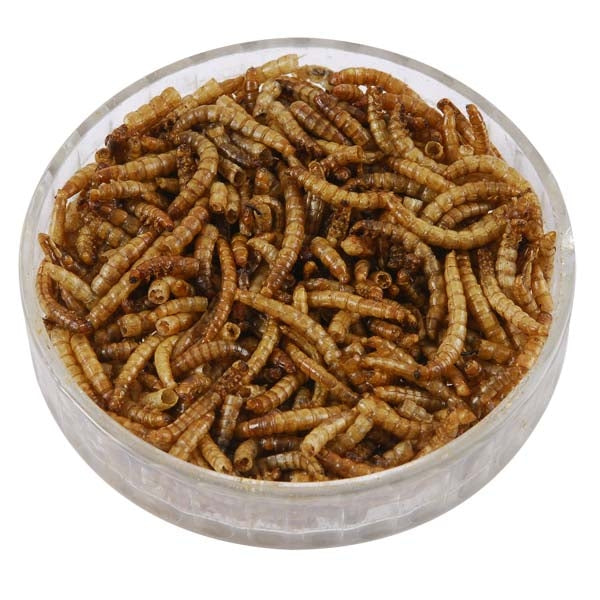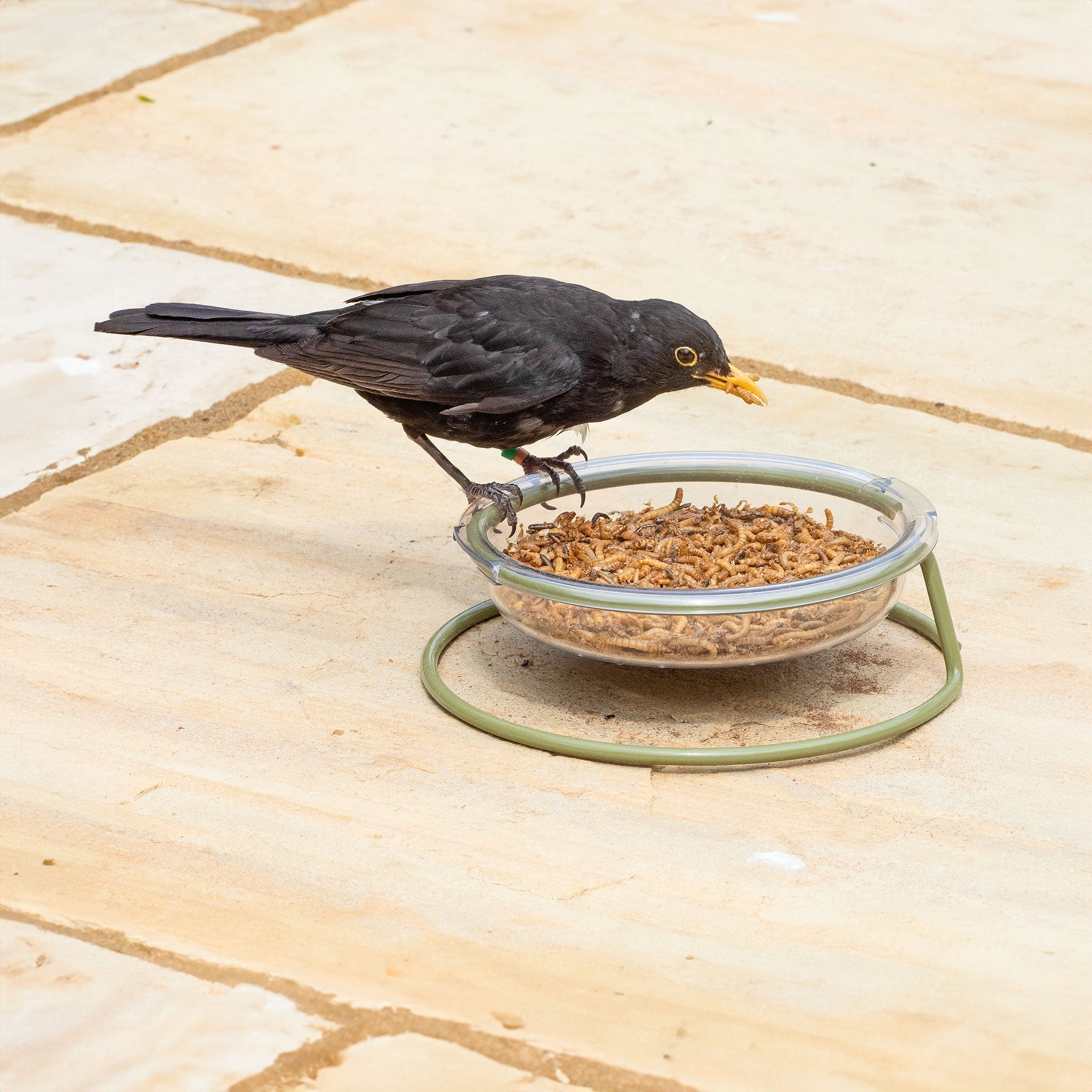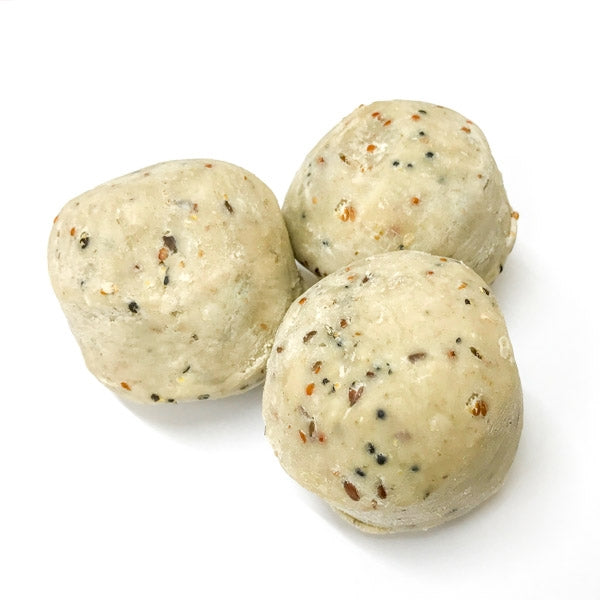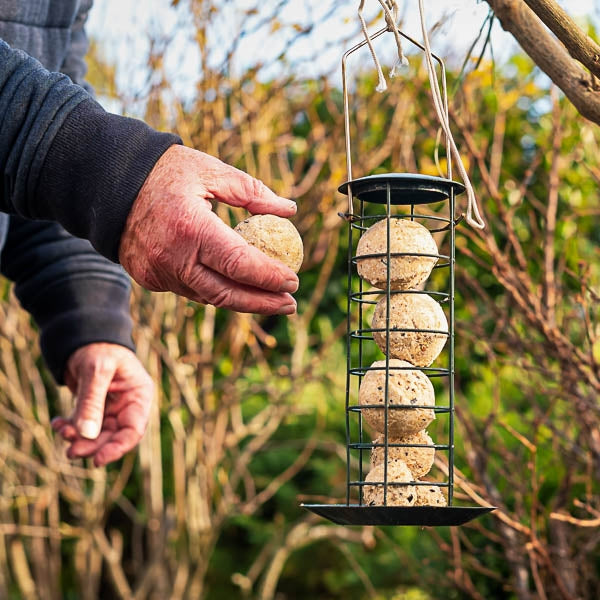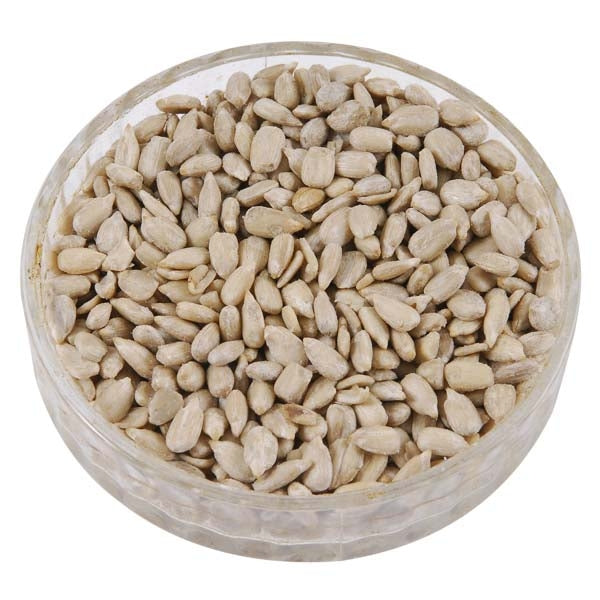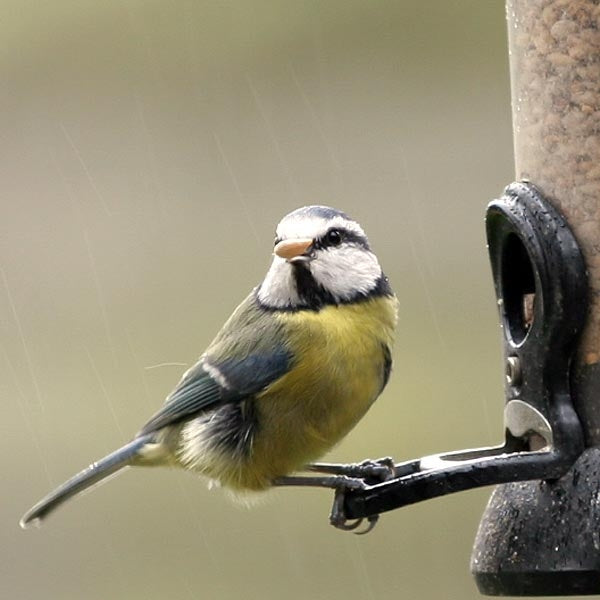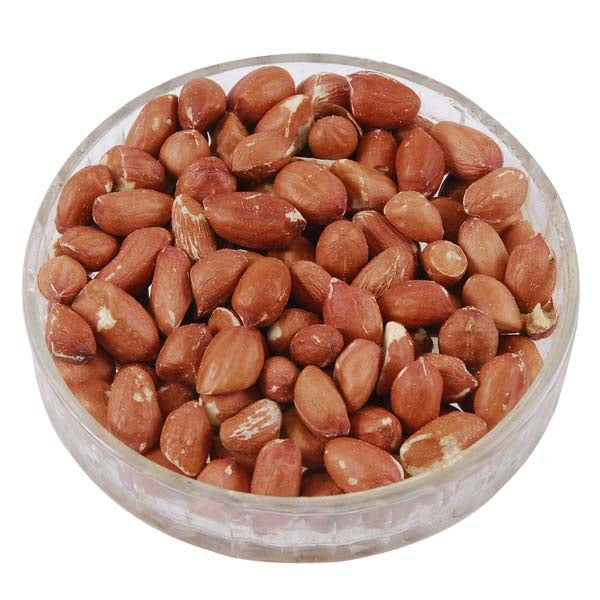How to deep clean your bird feeders
Feeding the birds is a delightful pastime, bringing colourful birds closer to your home for you to enjoy, while supporting their health and wellbeing. Not only do you get a front row seat to see the spectacle of birds flitting and fluttering around, but you’re also doing your bit for nature restoration.
The many benefits of feeding birds do come with responsibility, and while keeping bird feeders clean might not seem like the most thrilling task, it is an extremely important one. A clean feeder ensures that the birds who brighten your garden stay healthy and happy.
A dirty feeder can quickly become a breeding ground for germs, spreading diseases like salmonella, e-coli and avian pox. By keeping your feeders clean, you're playing a small yet vital role in protecting your local bird populations.

In recent years some of the UK’s most beloved species, such as sparrows, starlings and greenfinches, have faced big declines. Greenfinches in particular have been affected by trichomonosis, a disease carried by parasites that thrive on unclean feeders. But here’s the silver lining – by simply maintaining a clean, well-kept feeder, you’re offering these vulnerable species a safe space to feed and thrive.
A little bit of effort on a regular basis can make a big difference, so let’s get into the best and quickest ways to keep your bird feeders clean.
How to wash a bird feeder
- What you’ll need:
- Gloves
- Eye protection
- Bucket or sink
- Soft sponge or cloth
- Long handled feeder brush
- Knife or scraper
- Old toothbrush (optional)
- Cleaning fluid (see below)

Choosing the right cleaning fluid to use while cleaning bird feeders comes down to what you have at hand, how dirty your feeders are, the type of material they’re made from and how long you have.
There are many proprietary bird feeder cleaning fluids such as Ark-Klens, which is a veterinary product used in the pet, reptile and agricultural industries. It comes as a concentrate, which is ideal for immersive cleaning, and a handy ready-to-use spray which is great for the final cleaning flourish!
Suitable household cleaners include bleach and detergents, or natural products such as vinegar or soap. All are suitable with pros and cons discussed below.

How to keep your bird feeder clean: Step-by-step guide
1. Empty the feeder
Tip the food out and give it a good shake to remove any sticky dregs. Old food should be disposed of in a compost heap or put out as rubbish.
2. Disassemble the feeder
Take the feeder apart, making a note of each step and being careful to keep all caps, screws, pegs, etc, together. Remove the seed or nut container as this will need particular attention. Most modern feeders do not require tools for dismantling, and we provide tips on disassembly and reassembly for many of the most common feeders below, with videos on our YouTube channel.

3. Soak the feeder
The best way to clean your feeder is to fill a sink or bucket with warm water and add:
a) good squirt of detergent or liquid soap.
b) white vinegar or bleach diluted to 1-part cleaning fluid to 9-parts water.
c) 1 part Ark-Klens to 500-parts water (10ml in 5l).
Fully immerse all the feeder parts, for several minutes and up to an hour depending how grubby they are. .
4. Scrub the tube and all feeder parts
Using a long handled stiff brush, scrub all parts of the feeder, paying special attention to any parts that have had contact with bird food or bird droppings. Ensure all visible signs of dirt, food remains, mould is removed. If necessary, repeat step three if stubborn dirt remains.
For small parts or tight corners you might find an old toothbrush useful and gives you better access for cleaning.
5. Rinse feeders thoroughly
Following soaking in disinfectant or soapy water and scrubbing all the feeder parts will need thorough rinsing in clean fresh water. Ensure no bleach or detergent remains and no smell of vinegar (if used) can be detected.
6. Allow the feeder to dry
Before re-assembling the feeder, allow all parts to dry thoroughly. Damp is the breeding ground for bacteria and having just cleaned, you don’t want to give germs the opportunity to return. Sunshine and UV are excellent disinfectants and in good weather is the best solution.

7. Reassemble you feeder
Having been careful to keep all the parts together and noting the order you took them apart, hopefully re-assembly will be a doddle. Make sure the feeder is fully assembled and all parts fitted securely.
8. Refill and hang your bird feeder
Now you have a clean and dry feeder, all that’s left to do is refill it with Ark Bird Food and hang it in its usual spot. Your birds will quickly return to entertain you once more, and you’ll feel confident they are feeding safely.
Additional Tips:
- During wet weather bird food can become sticky and not flow through feeders. Check them regularly to ensure the food remains dry and accessible to birds. Damp food quickly turns mouldy and harmful.
- Winter and colder months Many bacteria thrive in cooler temperatures and when there is no sunshine. Check seed blockages, damp or ice and replace food and clean feeders more frequently.
- The final touch Ark-Klens ready-to-use is a safe disinfectant and can be sprayed on feeders as a precautionary measure. After washing, or when refilling, a quick spray will keep bugs at bay.
Finally, don’t forget to keep the area around your bird feeders clean. Fallen seeds and bird droppings can create a mess and attract unwelcome guests like ants and rodents. A regular quick sweep under bird feeders will keep things looking tidy and hygienic. It's also a good idea to occasionally relocate your feeding station around the garden. This practice prevents droppings and spoiled food from accumulating in one spot, reducing the risk of disease and giving soil time to recover.
Bird feeder cleaning FAQ’s
-
How to clean a wooden bird feeder
Follow the same steps as above but reduce the soaking time, to avoid damaging the wood. You will also need a scraper tool to remove any stubborn dirt from rough timber surfaces. Wooden feeders will generally require cleaning more frequently and need additional drying time before refilling. -
How to clean a bird feeder with vinegar
Vinegar can be used as a sterilising fluid in place (or as well as) detergent. Mix one part vinegar to one part water for a deep clean, or one part vinegar to two parts water for general cleaning. You can also use a combination of 5 table spoons of vinegar and 5 tablespoons of washing up liquid in a bucket of water. -
Cleaning a bird feeder without bleach
Ideally use a proprietary cleaning fluid intended for disinfecting animal feeding stations and house, such as Ark-Klens. You may also use household detergents and / or vinegar. -
How to keep your bird feeder clean
As well as frequent washing you can keep your feeders clean by only adding as much bird food as gets eaten inn a day or two. It is also important to keep food dry, to stop it germinating or allowing bacteria to grow. Keep the feeder out of the rain if possible and during wet weather, empty the feeder and dry it frequently. -
How to clean your bird feeder properly
See our step by step guide above for full details of how to thoroughly clean your bird feeders and keep them clean. -
How often should I clean my bird feeders
Ideally clean your bird feeders every fortnight. During poor, wet weather, they may need more frequent maintenance, or if the birds feeders are particularly busy. Frequent cleaning can be supported with monthly deep cleans. Dismantle the feeder fully and submerge all parts in an antibacterial cleaning product.

